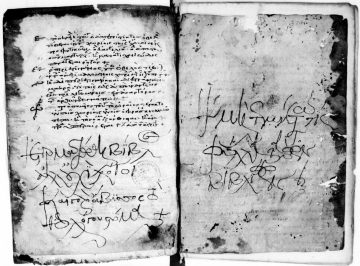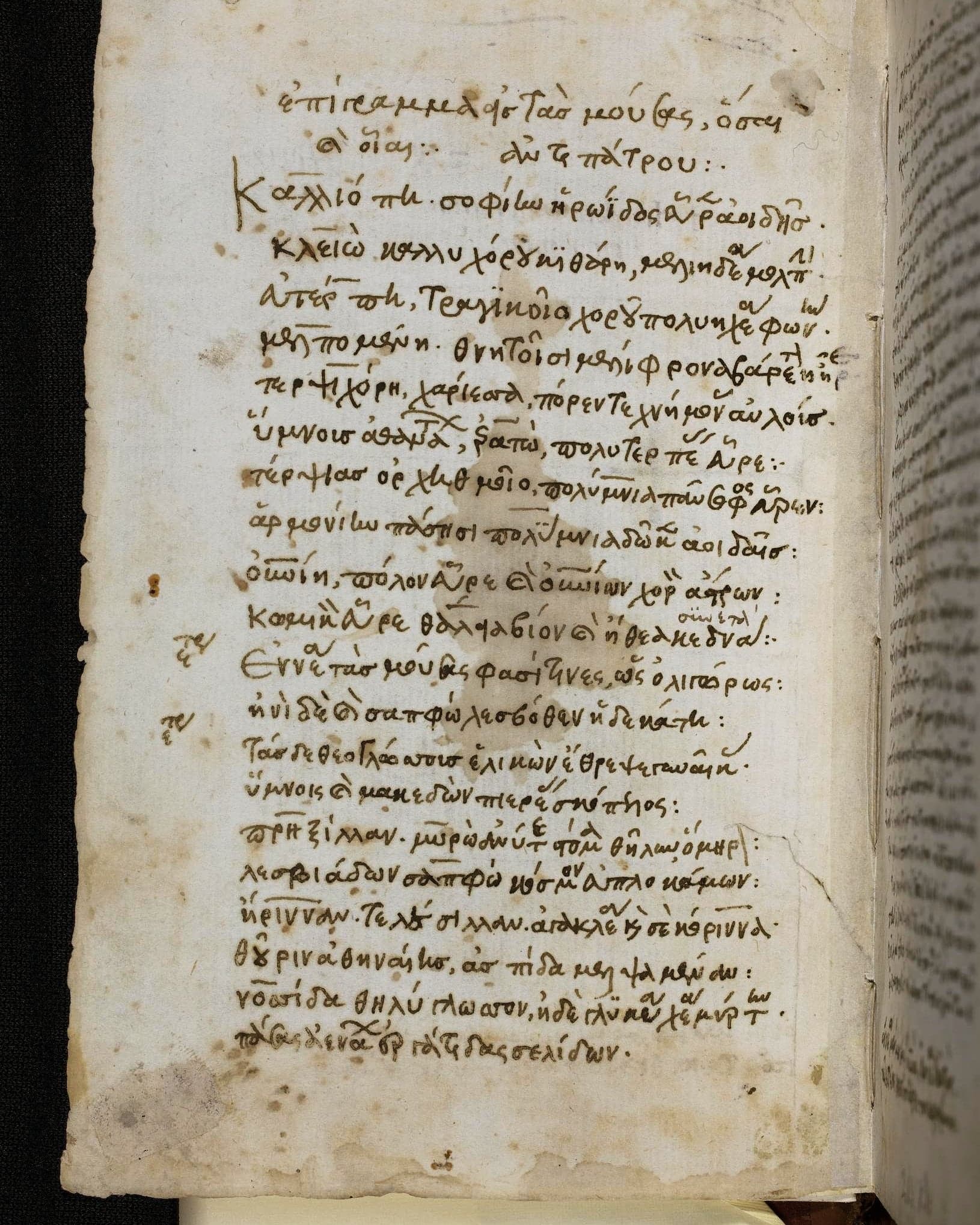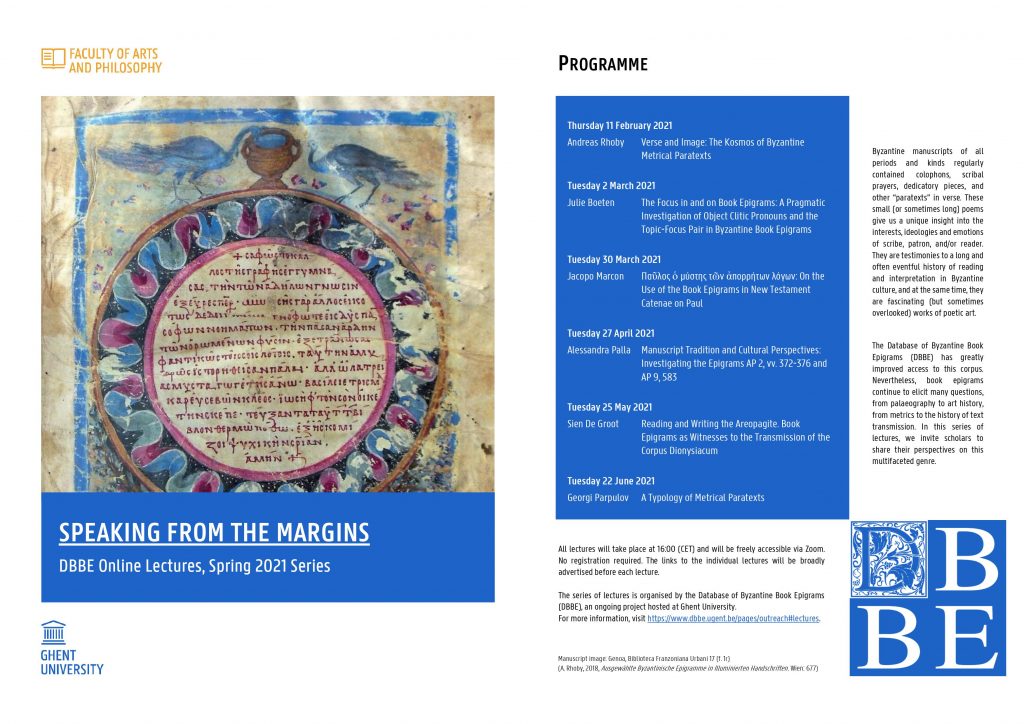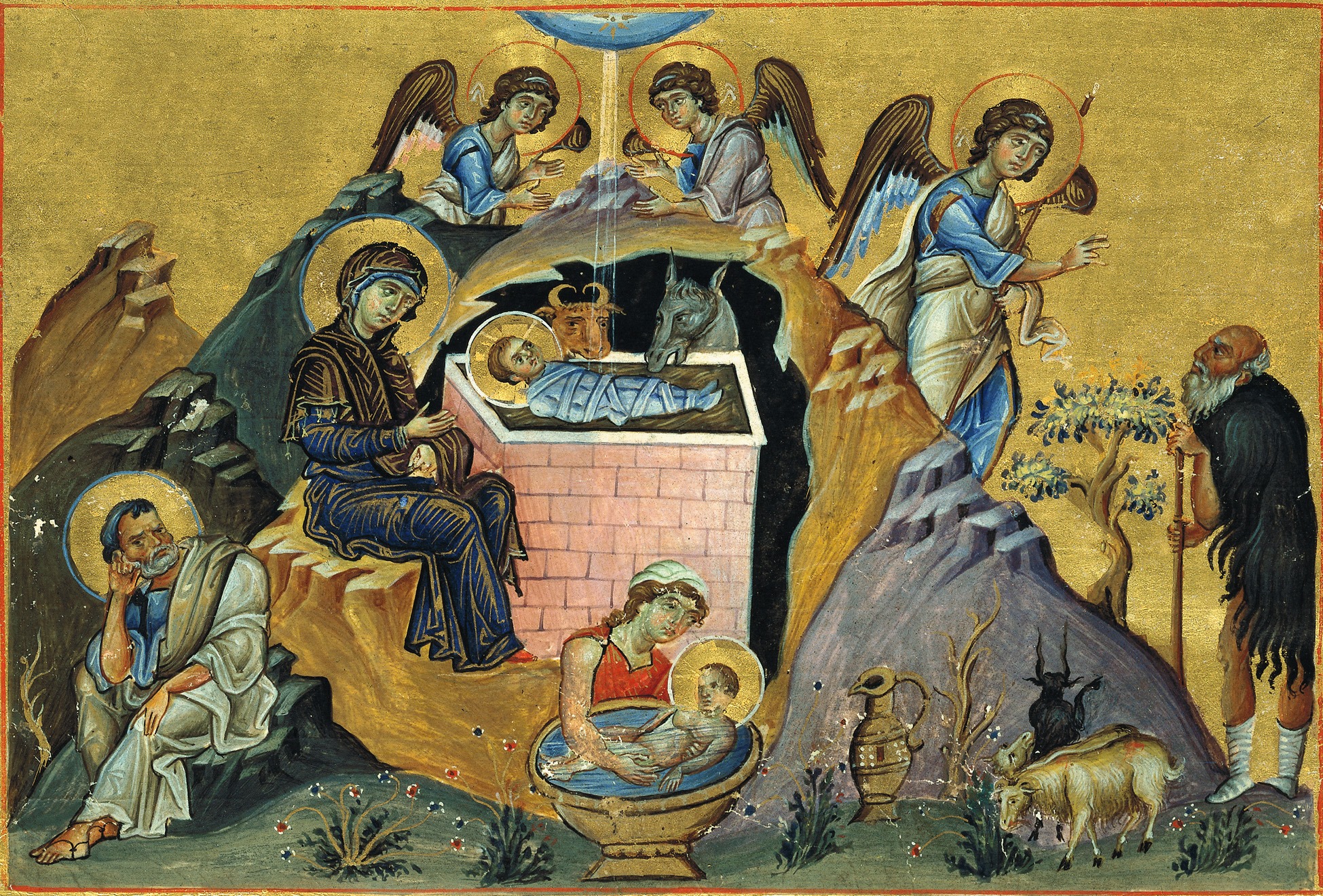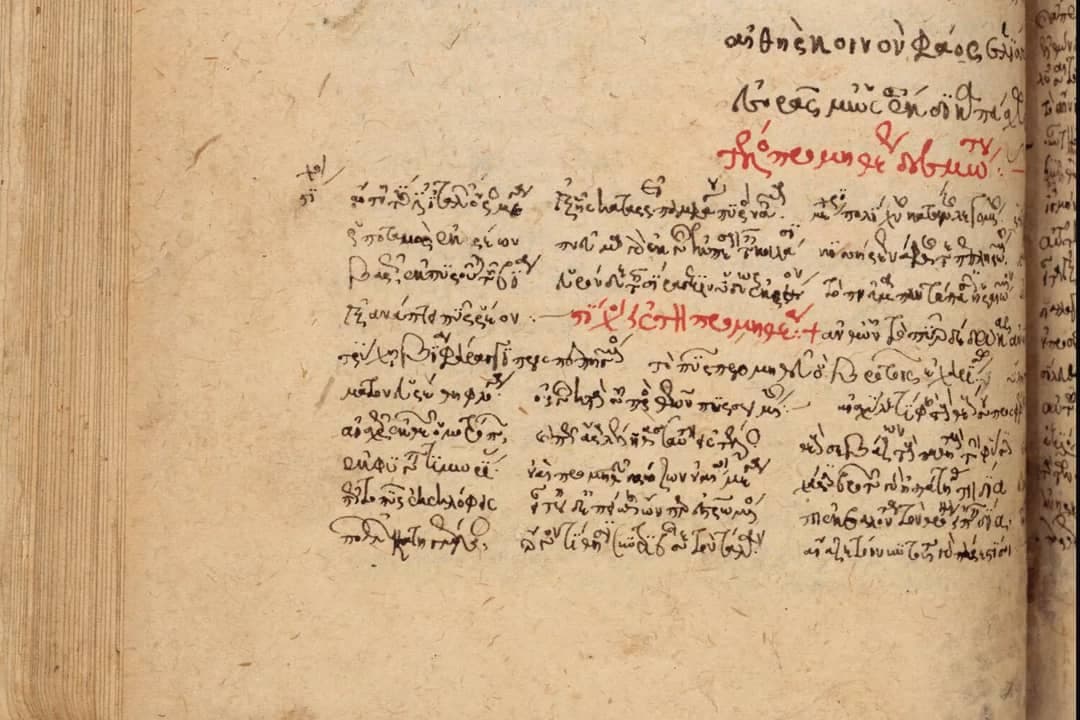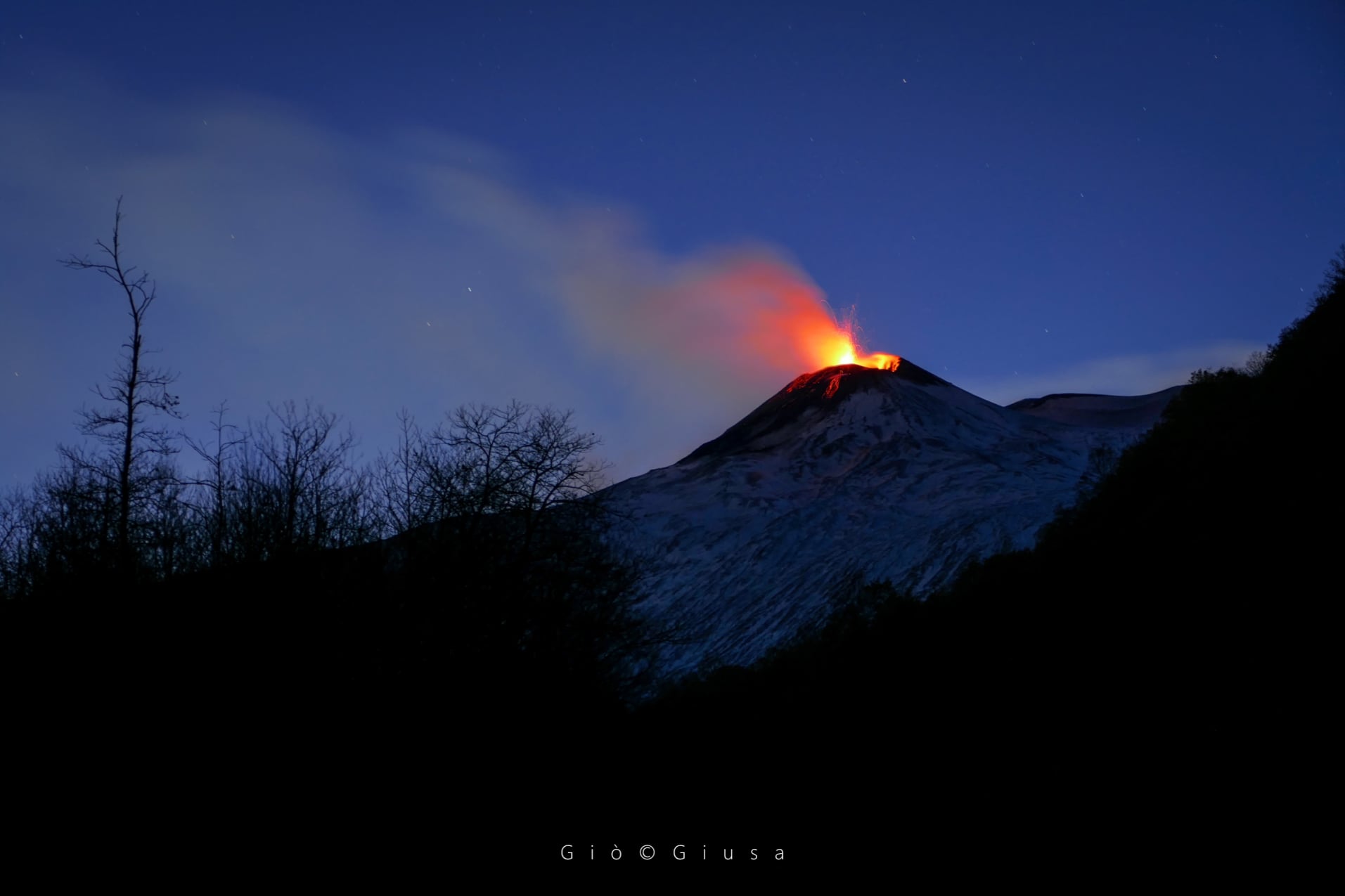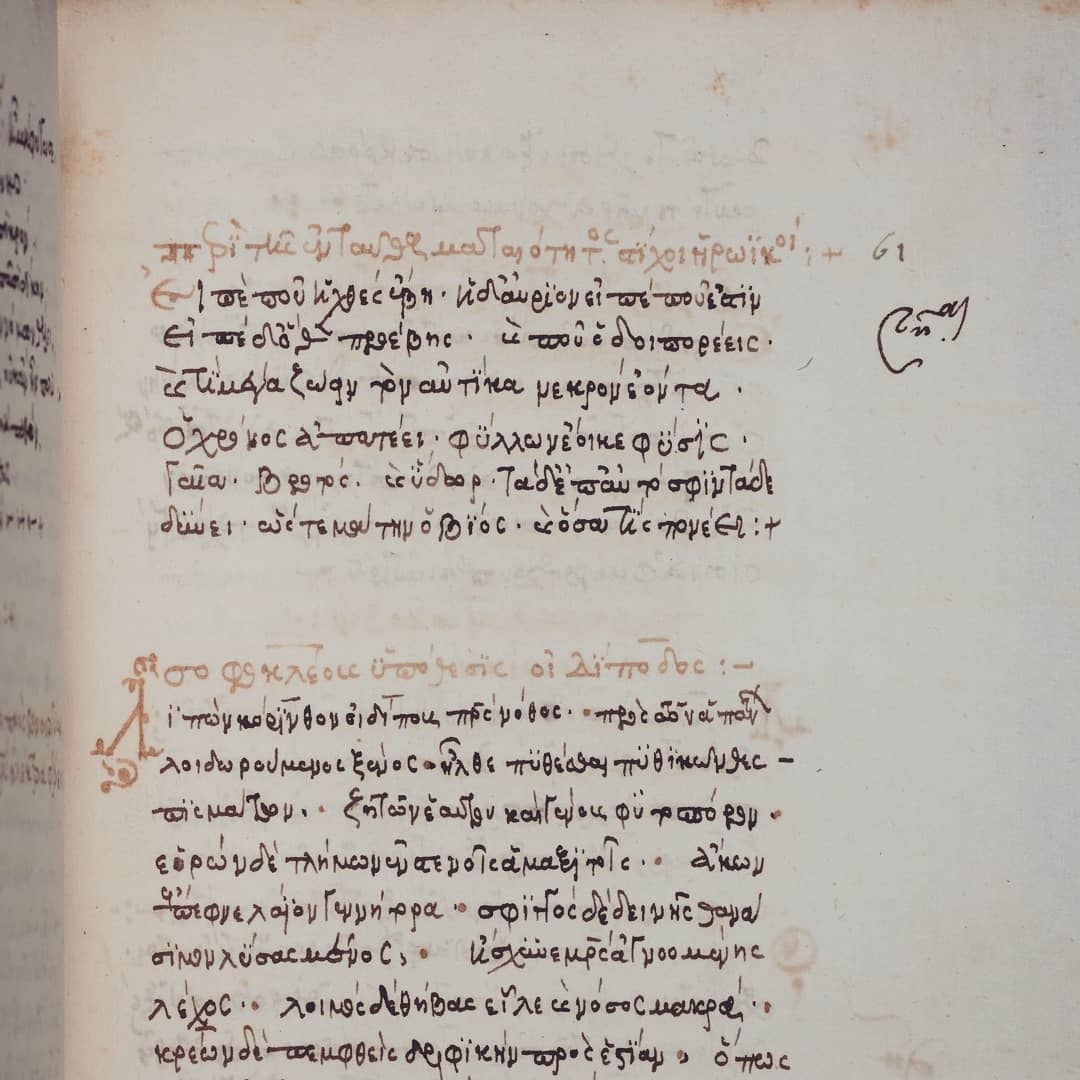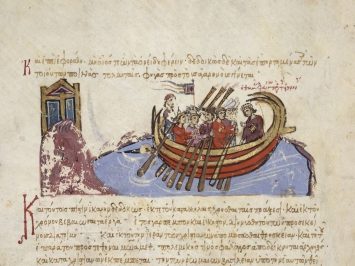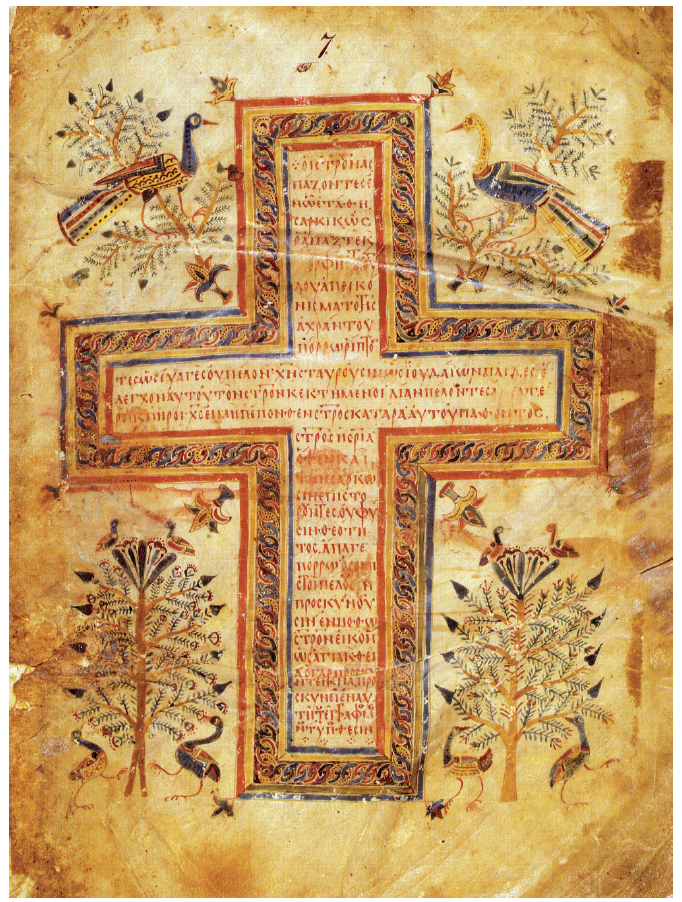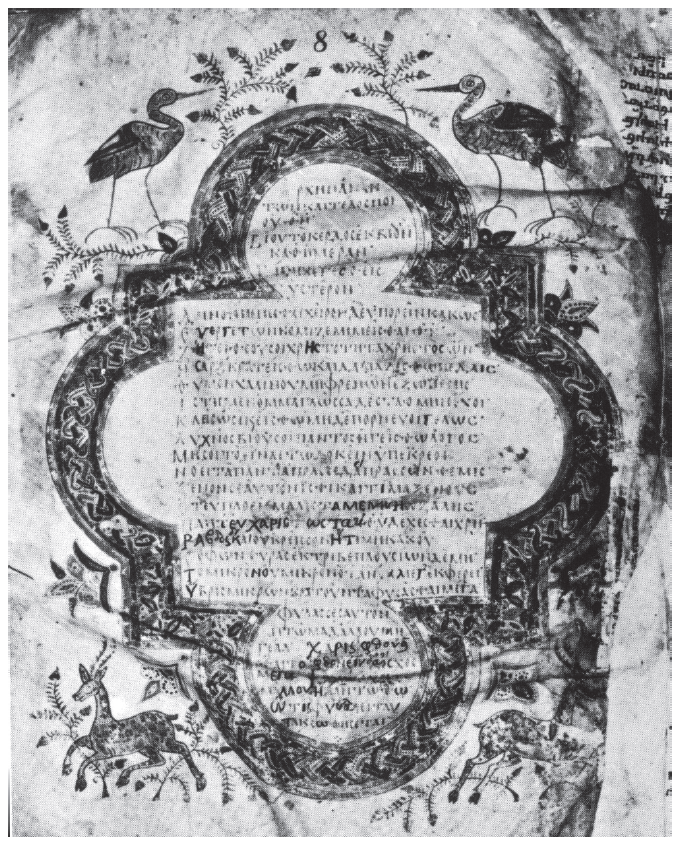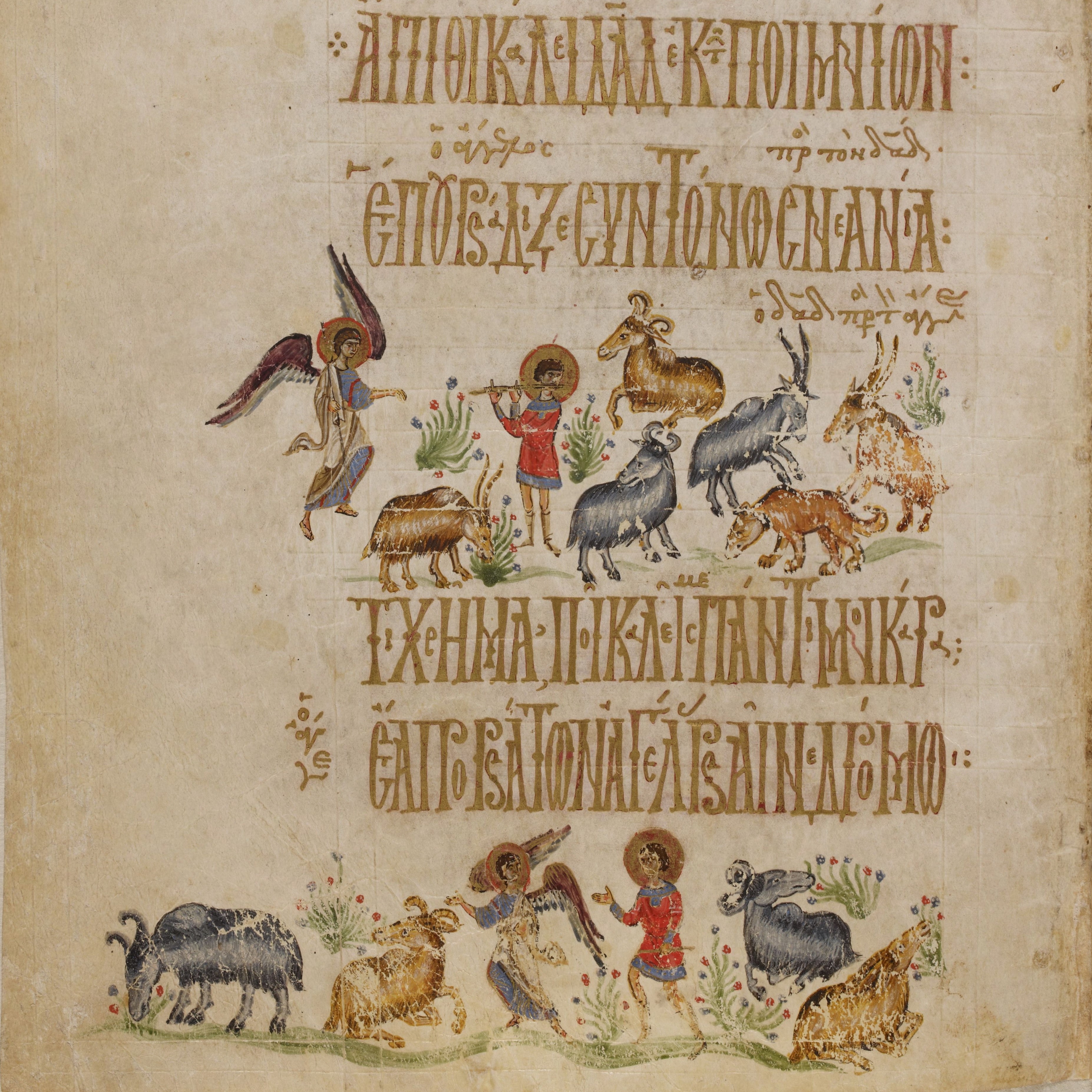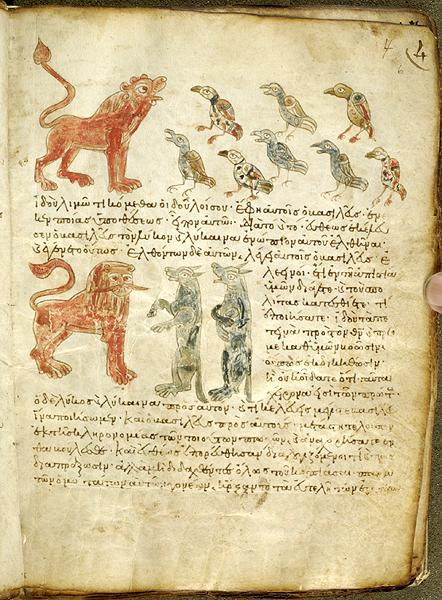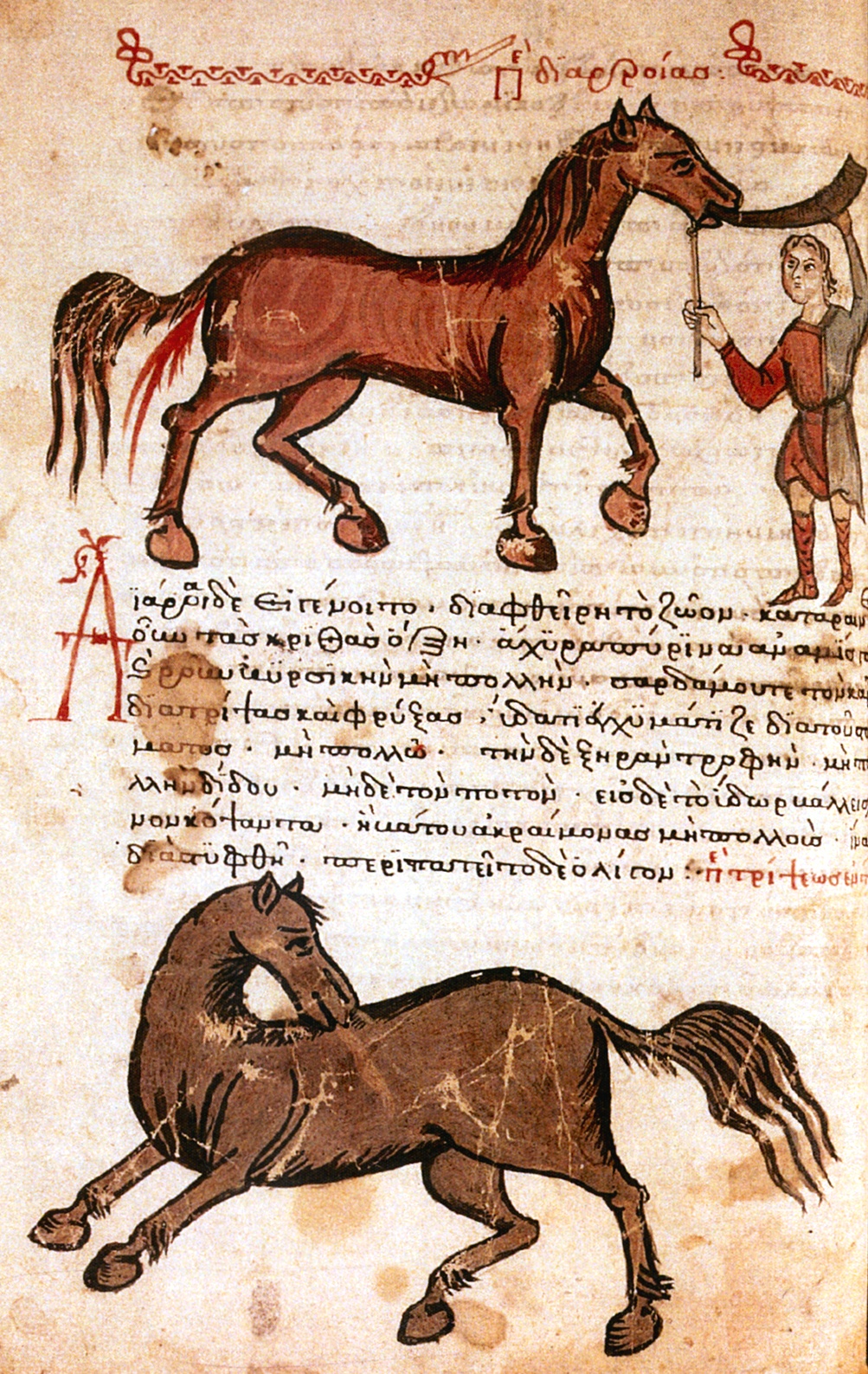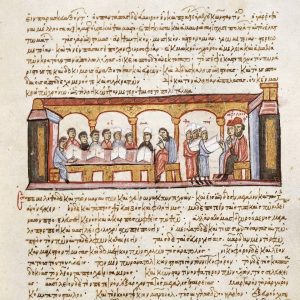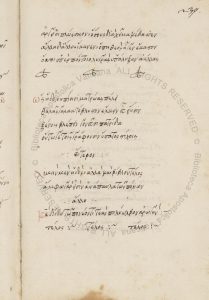Today we celebrate World Book Day! 📚 It is no coincidence that UNESCO chose this day, as it is the day important authors like Miguel de Cervantes and William Shakespeare died. Ever since 1995 World Book Day has been annually organised on the 23rd of April in more than a hundred countries to promote the enjoyment of books and reading. With schools around the world still partially or fully closed, it is important, now more than ever, to use the power of books not only to educate but also to escape our reality for a while. So, try to take some time off today to grab a book and enjoy all the beauties written within. But be careful and take care of your books or this epigram’s poet might come and haunt you … 👻
✒️ Μὴ τεμνέτω τις τὰ φύλλα τῶν βιβλίων,
γράμμασιν αἰτῶ, κἂν σιγᾷ μου τὸ στόμα.
τί; σοὶ δοκοῦσιν εὐτελῆ τὰ χαρτία;
ἀλλὰ τὸ κρίμα τοῦ τέμνειν ἐστὶ μέγα.
📖 You! Do not dare to cut pages out of books.
I am warning you. With letters, as my mouth keeps silent.
Why? They seem unimportant to you, these sheets?
Make no mistake. Cutting them out is a serious, serious crime.
🌐 https://www.dbbe.ugent.be/types/4241
📸 https://gallica.bnf.fr/ark:/12148/btv1b100380902/f377.item
This poem has been fully preserved in at least one manuscript: Mone Megistes Lauras Δ 70 dating from the 10th century. It was added by a later hand, not once but twice at the beginning of this theological manuscript (on f. 7r and 8r). In addition, the first verse also occurs on its own in at least two other manuscripts, both from the 10th century: Vaticanus gr. 539 and Coislinianus 242 (see picture). Curses or warnings like these were commonly used in Greek, Latin and many other traditions to ward off theft or damage of the book and show us how valuable books were back then and still are today.
This epigram is also featured in a blogpost written by DBBE intern Noor Vanhoe on the occasion of World Book Day in collaboration with the Henri Pirenne Institute for Medieval Studies. Go check it out at https://www.medievalmodern.ugent.be/world-book-day-blog-voices-margins!
